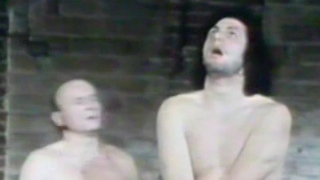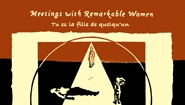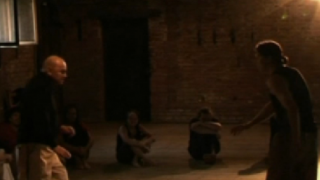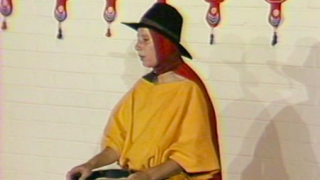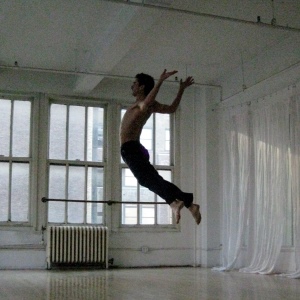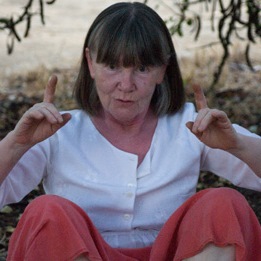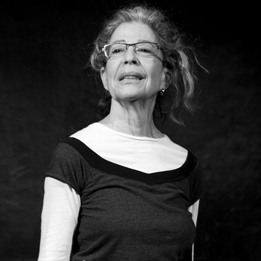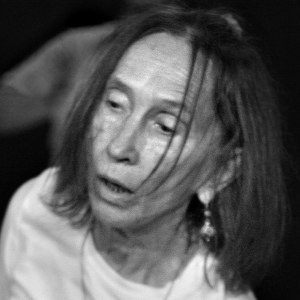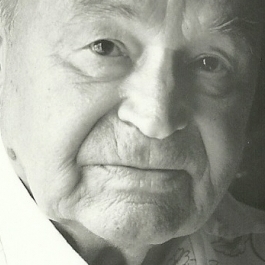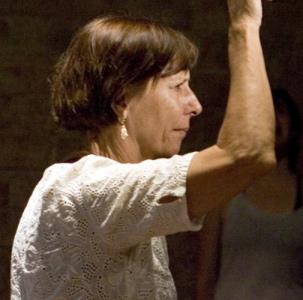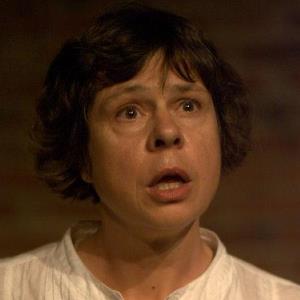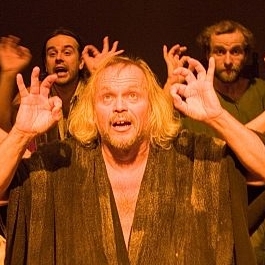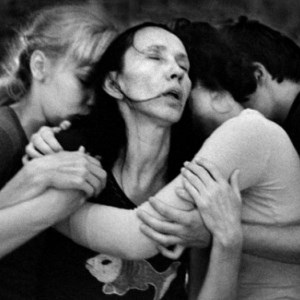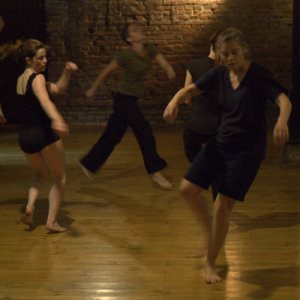Jerzy Grotowski is recognised as one of the major theatre directors of the twentieth century. He continually extended what theatrical activity comprises through a rigorous focus on acting, space, and the actor–audience relationship. His most influential period was the ‘production phase’ in Poland during the 1950s and 1960s. During these years he created acclaimed productions such as Akropolis (1962), set in a concentration camp and designed by Auschwitz survivor Józef Szajna; Dr Faustus (1963), based on Christopher Marlowe’s text; The Constant Prince (1965); and Apocalypsis cum Figuris (1968), drawing on a range of sources including works by Fyodor Dostoevsky and Simone Weil, and the Bible. His collaborator Jerzy Gurawski designed several scenographic environments for the Theatre Laboratory – from Faustus’s table for his ‘last supper’ at which the audience sat, to a construction reminiscent of an operating theatre where the spectators peered down on the Constant Prince being tortured. All attempted to draw the spectator deeper into the performance event. As well as his imaginative directorial approaches and his rigorous vocal and physical actor-training exercises, Grotowski developed several influential concepts. Key notions include: the ‘poor theatre’ which is stripped of all that is extraneous such as lighting and sound to focus on the actor–audience relationship as an encounter or meeting; thevia negativa, whereby actors attempt to ‘eradicate their blocks’ and remove habits rather than accumulate skills; a ‘laboratory’ structure for investigating the nature of performing; ‘holy actors’, who somehow transcend their material, ‘earthly’ presence; a ‘score’ or precisely defined set of physical actions, drawing in part from Konstantin Stanislavsky’s later work; and the ‘total act’, a moment of self-sacrifice by individual actors where they offer themselves to the audience with total vulnerability and honesty. A ‘total act’ was said by Grotowski and critics to have been achieved by Ryszard Ciešlak, Grotowski’s central actor, in The Constant Prince. Grotowski developed his paratheatre period in the 1970s, when there were no observers or spectators. He left Poland for the USA in 1982 to continue his work on Theatre of Sources, a search for common principles in songs and movement from the world’s ancient rituals; objective drama, an attempt to derive objective material from subjective experiences through creating lines of action; and art as vehicle, with which he was engaged in Pontedera in Italy when he died. This last phase from 1986 onwards explored ancient vibratory songs and the work of the performer. The ‘master’ officially handed on his mantle to his student and final collaborator Thomas Richards before he died. His legacy is also disseminated through companies who have perhaps spun off from his investigations. Eugenio Barba worked as assistant director to Jerzy Grotowski from 1960 to 1964, and his important collection of early texts in Towards a Poor Theatre (1968) helped establish the significance of Grotowski’s thinking and practices. From the RCTP
**EXCLUSIVE NEW FEATURE** Find out more about Jerzy Grotowski via an RPA partner journal

